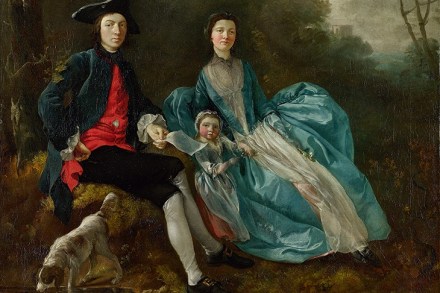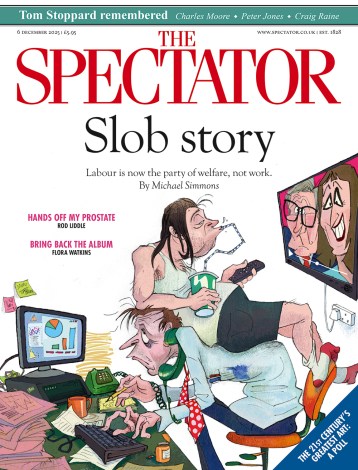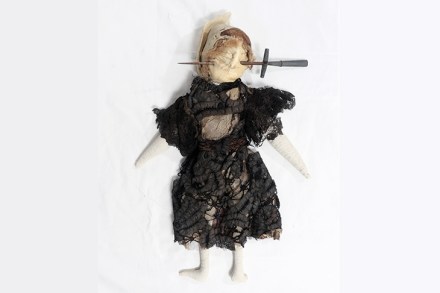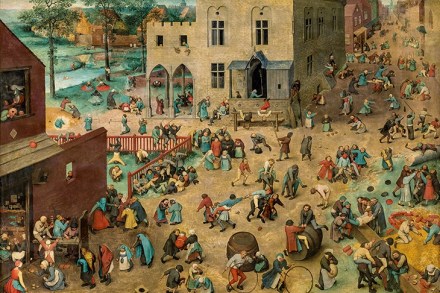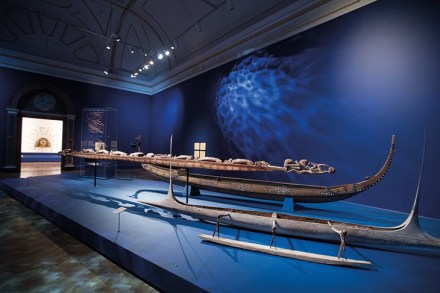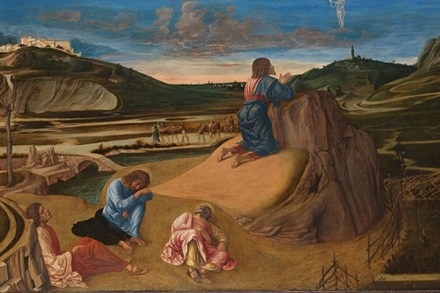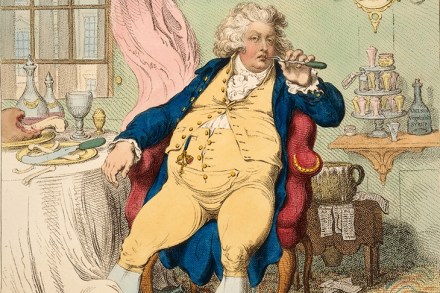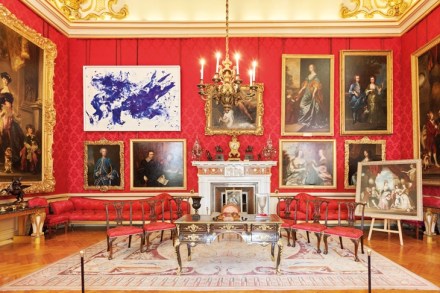Relative values | 10 January 2019
When he knew that he was dying, Thomas Gainsborough selected an unfinished painting from some years before and set it on the easel in his studio. It was a portrait of his nephew, pupil and assistant Gainsborough Dupont, begun more than a decade earlier and set aside. This little work, which he seems to have intended as a sort of artistic last testament, also hangs at the end of the exhibition Gainsborough’s Family Album. What did he mean to tell us by making a small, intimate picture of a relative the conclusion to a career of more than 40 years? This marvellous and brilliantly conceived exhibition at the National Portrait
